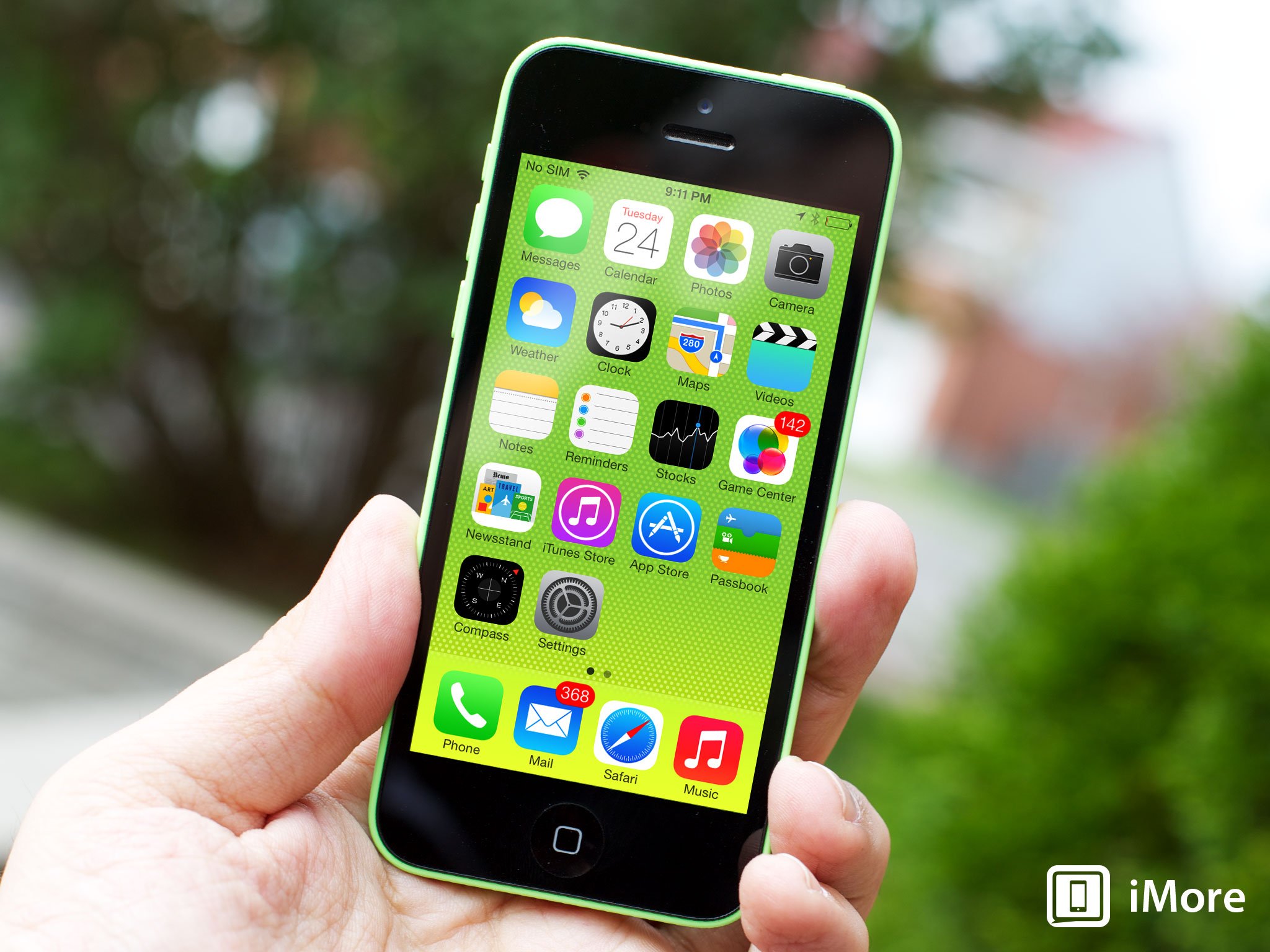How can Apple avoid another iPhone 5c?

Apple doesn't break out sales numbers for individual iPhone models, but other companies keep an eye on things. And since the iPhone 5c and iPhone 5s were introduced last fall, one thing's become clear: the iPhone 5c sales haven't burned up the charts. How can Apple avoid that going forward?
Rewind to opening day: September 20, 2013. Lines around the block at many of Apple's retail stores, like usual. But unlike most days, customers have two new products to choose between — the premium-priced iPhone 5s, packed with whiz-bang features like an industry-first 64-bit mobile Apple A7 processor, Apple M7 coprocessor and Touch ID sensor, or the more mundane iPhone 5c — available in a steel-reinforced colorful polycarbonate shell, but still mostly last year's model under the hood.
While Apple had plenty of stock of the iPhone 5c in all of its colors, the iPhone 5s sold out quickly. Inventory of the premium phone stayed constrained for weeks afterwards - especially the gold version, whose popularity apparently caught Apple not customarily off guard.
After the fact, even Apple CEO Tim Cook admitted it had been a rare misstep. Speaking to analysts on Apple's Q1 2014 earnings call for the period that began shortly after the iPhone launch, Cook said, "It was the first time we ever ran that play, and demand percentage turned out to be different than we thought." He said that the "mix was stronger to the 5s," and it took some time for Apple — and Apple's suppliers — adjust accordingly.
Now rumor has it Apple is hoping to breathe a bit more life into the iPhone 5c by offering it in a lower-priced 8 GB version, at least for some international markets. At this point in the iPhone life cycle, a new lower-priced iPhone 5c model (with half the storage of the next lowest-priced model) is likely to have a modest effect on sales, if any.
The iPhone 5c isn't a bad iPhone. In fact, it's pretty good. But it's little more than Apple's iPhone 5 in an easier to manufacture, less expensive-looking polycarbonate shell, available in some different colors — nothing you can't accomplish with one of thousands of cases available for the devices.
Apple put a lot more thought and engineering into their iPhone 5c design than a lot of other smartphone makers put into theirs, but first impressions mean a lot. And when the average customer sees the iPhone 5c, they don't think about that engineering or that design - they see a colored non-metal shell, and think cheap. When high-end customers look at it they may like the shell but what they notice more are the missing high-end features exclusive to the iPhone 5s.
iMore offers spot-on advice and guidance from our team of experts, with decades of Apple device experience to lean on. Learn more with iMore!
The iPhone 5c is modestly less expensive than the 5s — starting at $99 subsidized, or $549 full-priced, compared to $199 for the more feature-rich iPhone 5s, $649 unsubsidized. If there's a lesson to be learned here, it's that you can't expect a cheap-looking iPhone that still commands a premium price to sell well.
We're all wondering what Apple has up its sleeve for the iPhone 6, which we presume will be out this fall. It's a given that it'll have all the features the iPhone 5s does and then some, and there's been a lot of speculation that Apple is going to produce a larger phone.
I'd love to see Apple produce two new phone models this fall, just like they did last year — but instead of another iPhone 5s and 5c situation, I'd like to see two phones with nearly identical specs, just in different sizes. Both phones should have a premium feature set; neither should have any dramatic compromises.
Just offer a smaller iPhone for those of us who still value something easy to wield with one hand and slip in a jeans front pocket, and a larger model for those of us looking for a bigger expanse of screen real estate — something to fit that gap that exists between the iPhone and the iPad mini.
The iPhone 4s was kept around last year as the free phone for people on subsidized plans; it wouldn't surprise me to see that 8 GB iPhone 5c that we're hearing about end up at that tier. That way an iPhone with a smaller screen will be out of the current product matrix.
In some ways this mirrors what Apple has already done with the iPad Air and the Retina iPad mini so the precedent is there. Hopefully, one way or the other, Apple will be better prepared to change direction if they don't get the mix right the first time.
Do you want a larger iPhone? Or are you happy with things the way they are? Do you think I'm wildly off base here? Sound off in the comments.

